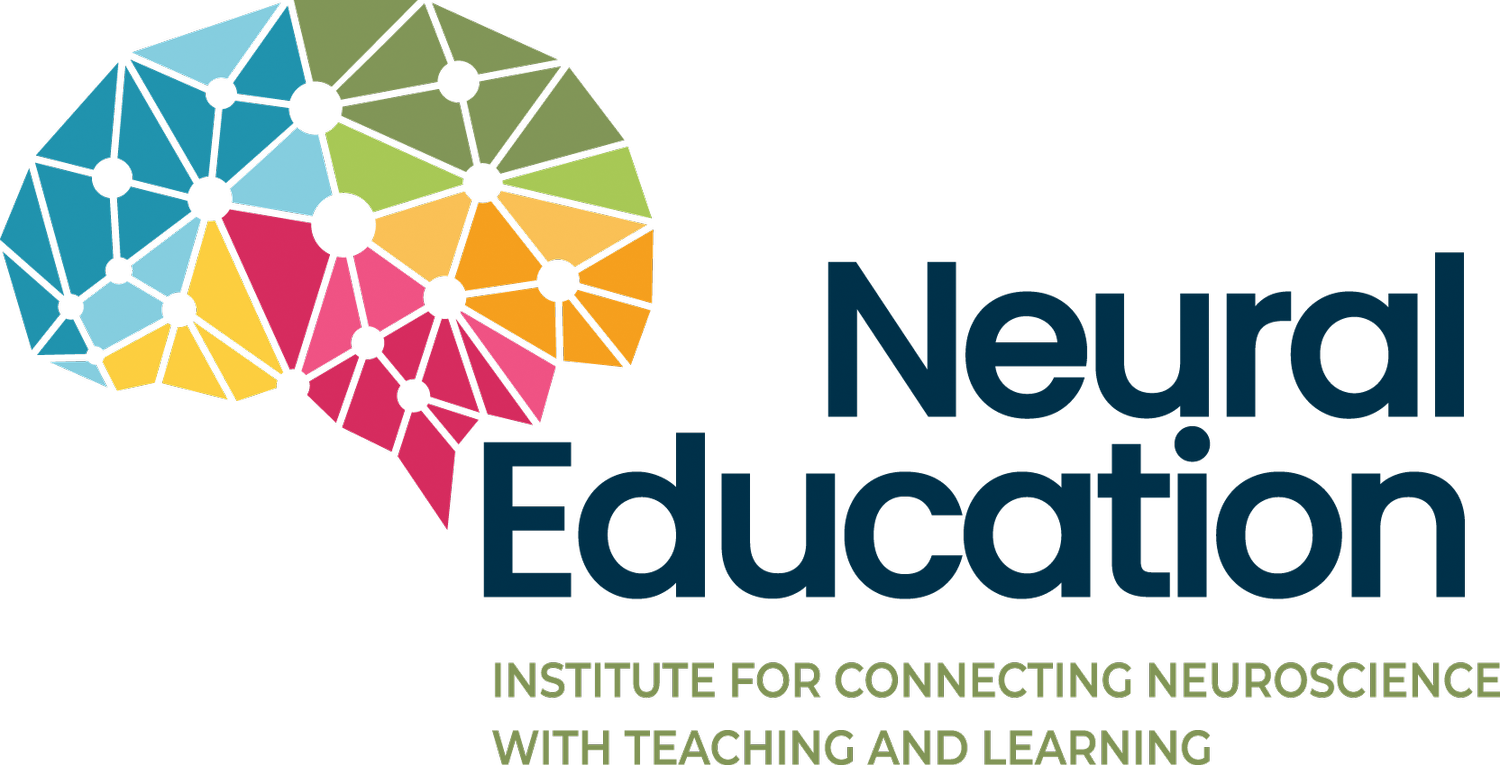Don’t tell me what to do!
A couple years ago, Tabitha and I participated in a Neural Ed writing weekend. The writing retreat was held at a lovely hotel, and we enjoyed the weekend with other educators. But we started to notice something interesting about the hotel….
We started noticing no-nonsense little signs telling people what to do. I mean no clam shells, yes please, that makes complete sense…I don’t want to smell your old clamshells. Each sign we saw served a purpose. But it seemed like everywhere we went in the hotel, we encountered another sign using command language.
Next to the ice machine.
In the bathroom…
On the elevator…
Every time we encountered a new sign, we giggled because these signs were reflecting something we had been thinking a lot about at school–the amount of command language educators use when talking with our students. During the months prior to that weekend, an SLP we worked with had been highlighting the brain’s response to command language and she had been hypothesizing that the use of command language could be a contributing factor to student oppositional behavior. It was an idea we were exploring through research and our work with students.
Our experience with command language on signs around the hotel also helped us develop our understanding of the possible impact of command language on the brain and behavior—we noticed that these signs made us want to do exactly the opposite of what hotel management hoped!
I’m not proud of it, but I hung my towel on the rod.
And I even (playfully) pushed those elevator buttons hard!
And Tabitha couldn’t resist bringing her yogurt upstairs to her room!
We are generally rule followers and basically just had a fun time ‘not complying’ in the safest ways we possibly could…I didn’t really push the button hard, but I wanted to! We definitely got a lot of oxytocin scheming together and dopamine as we anticipated the next sign we would find…giggling as we plotted about the next photo we would take!
Want to know more about the neuroscience behind command language? Check out this resource: “Understanding Psychological Reactance”







